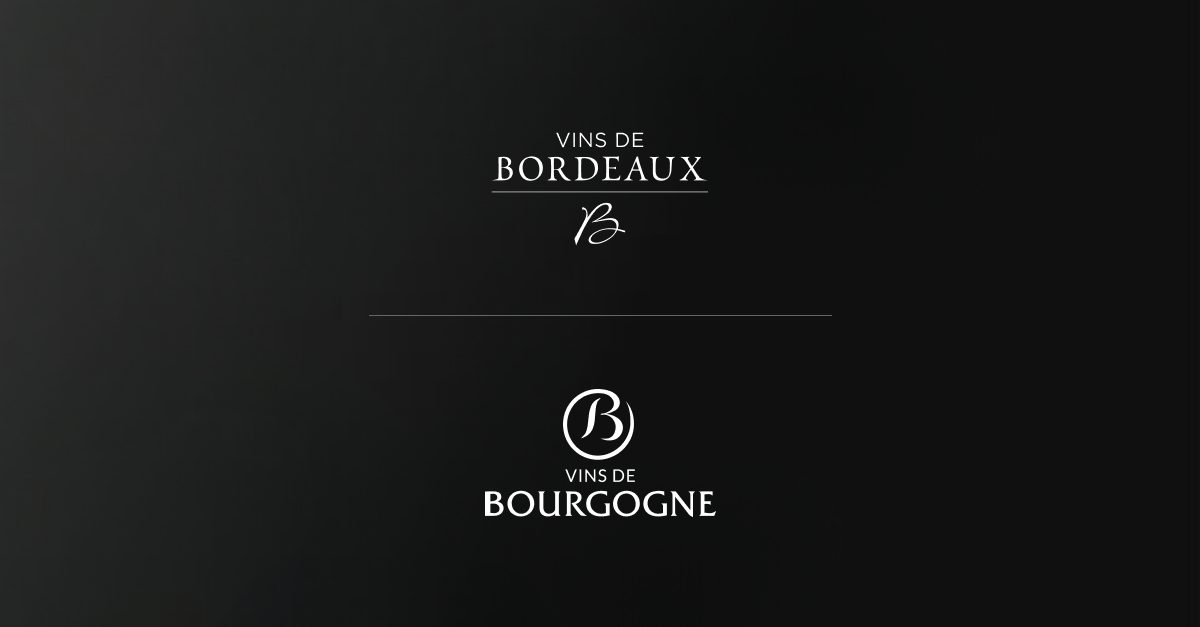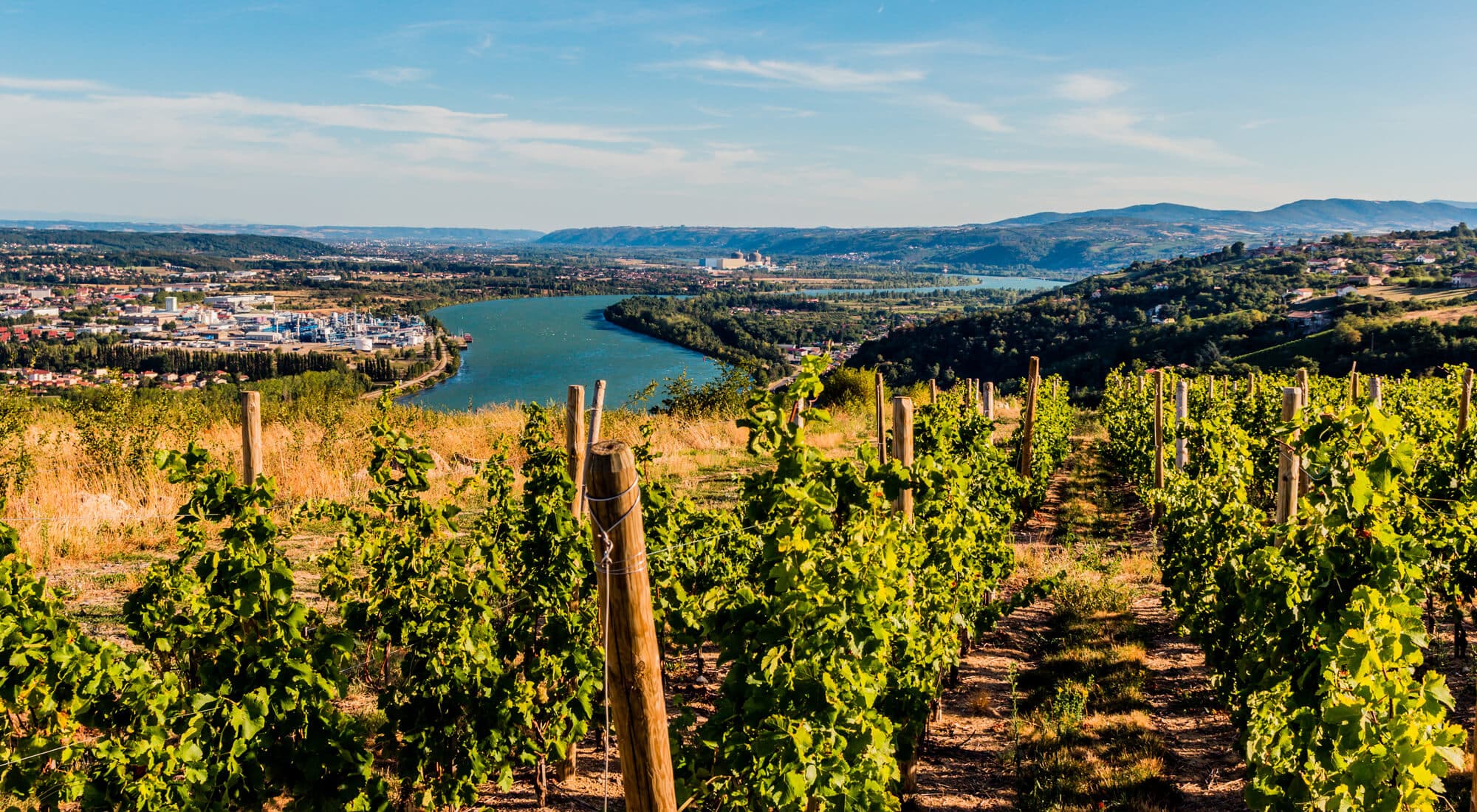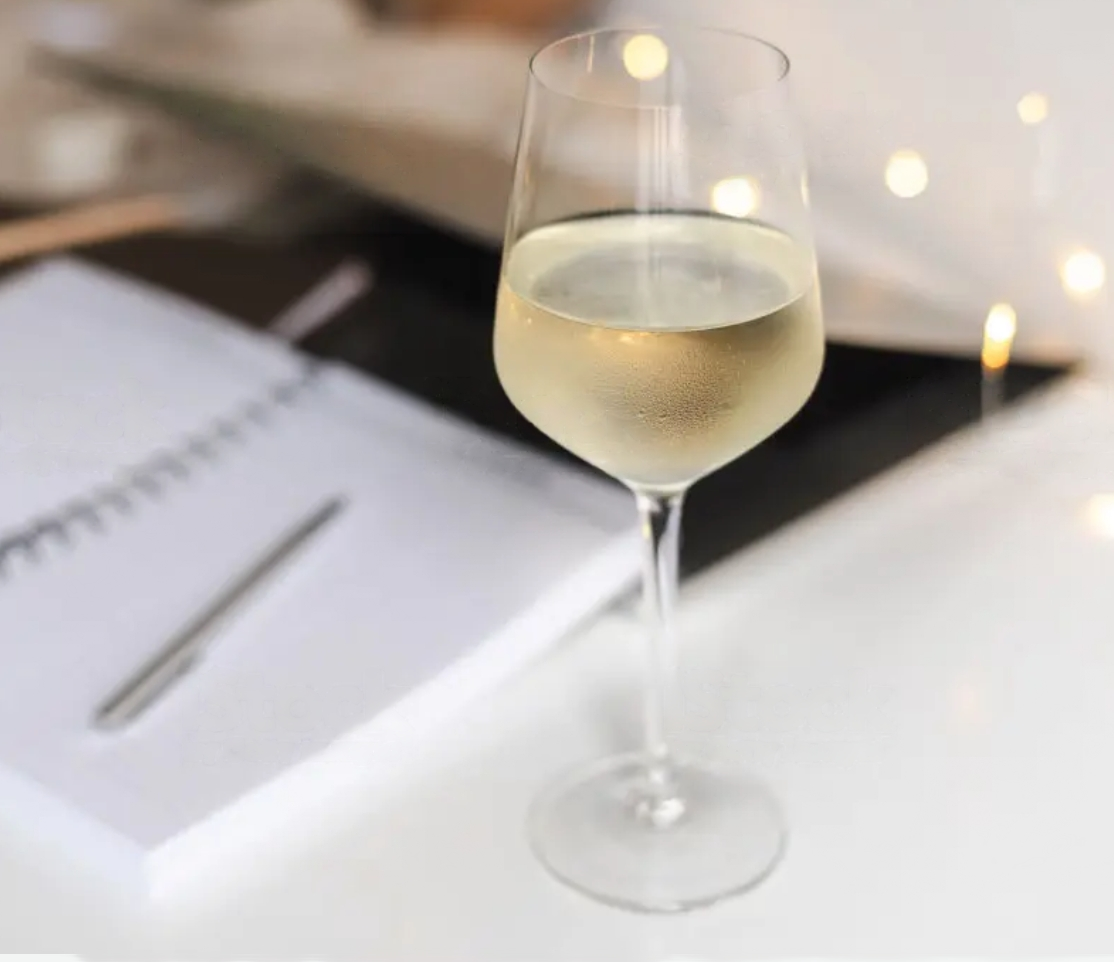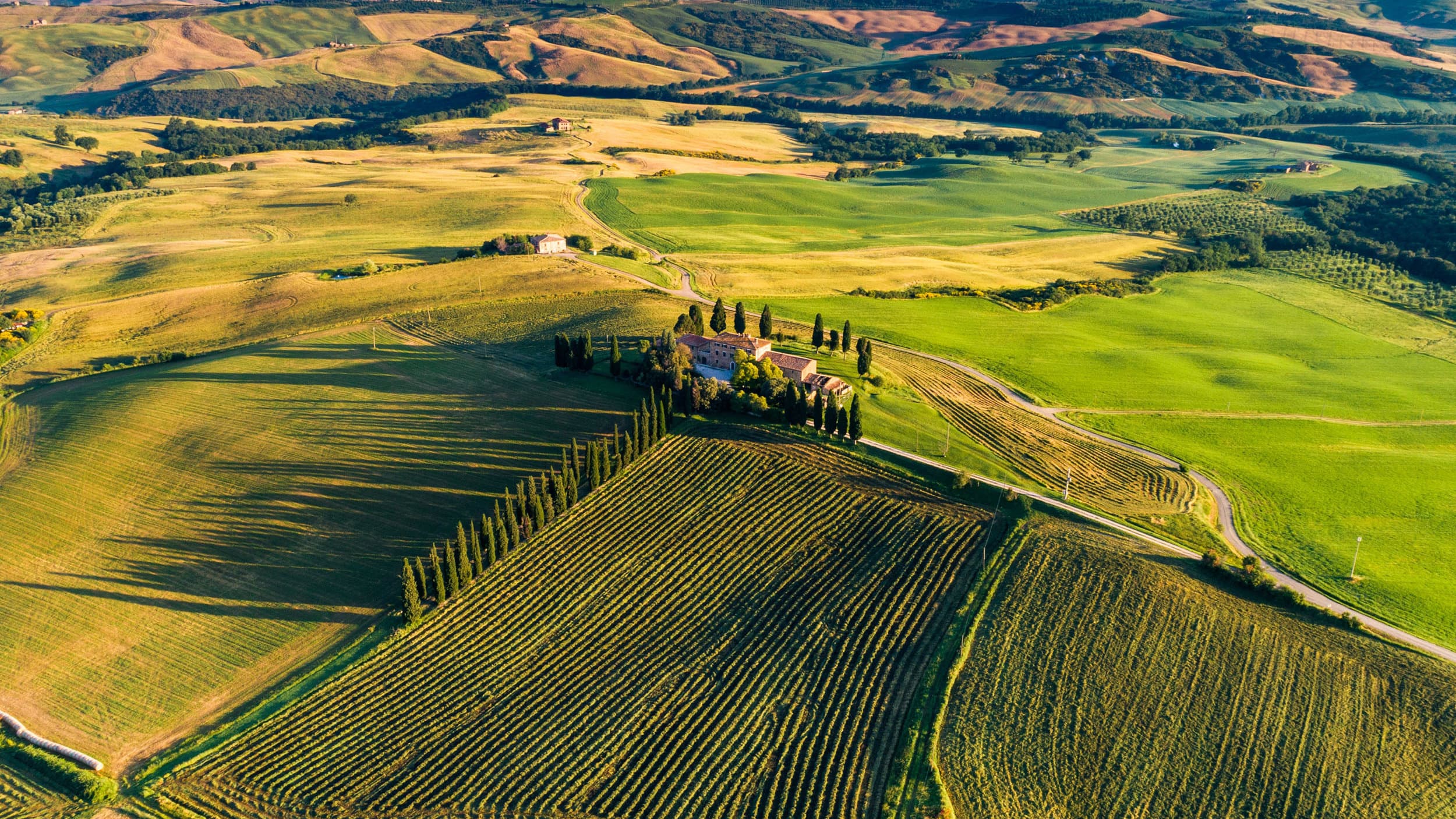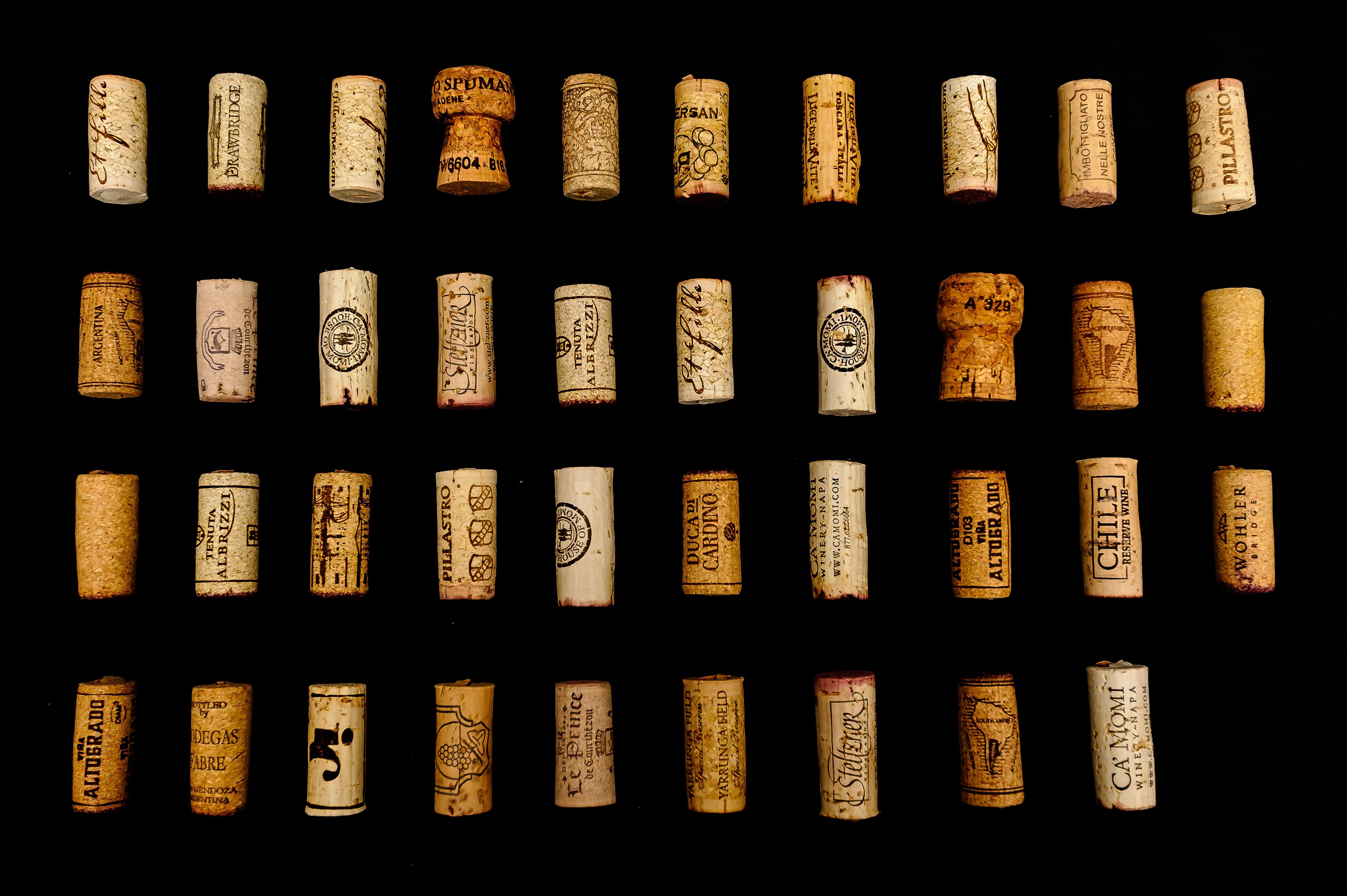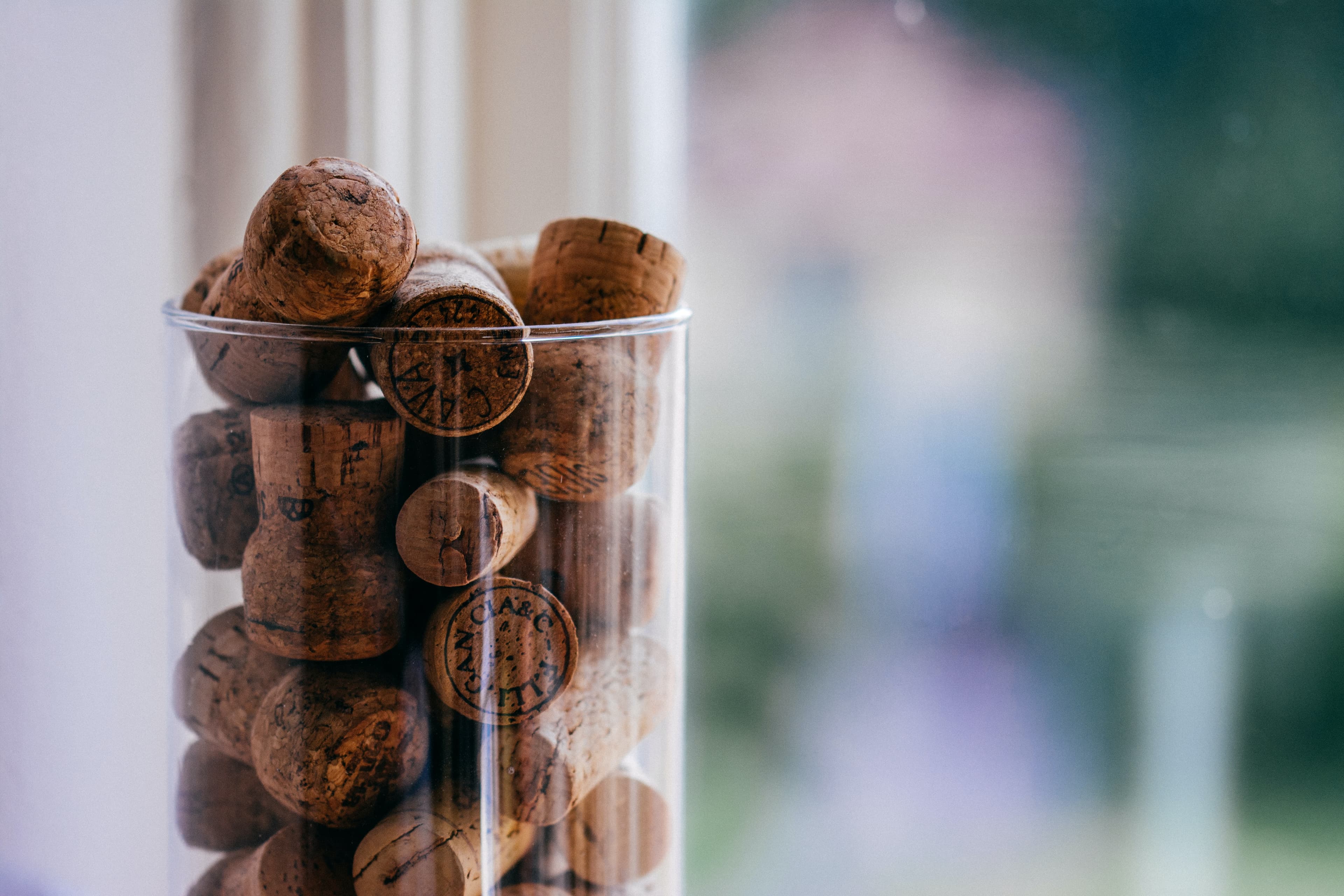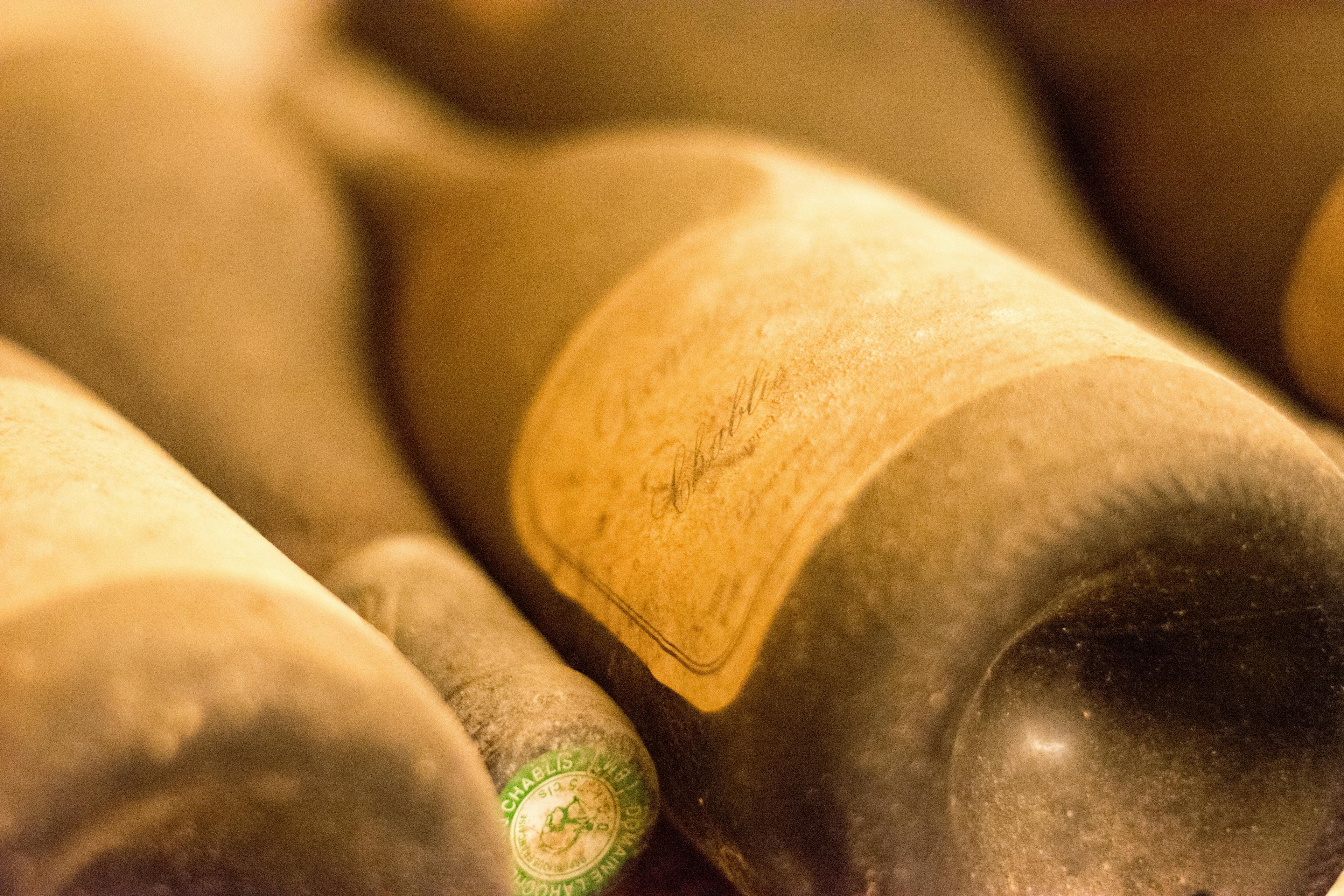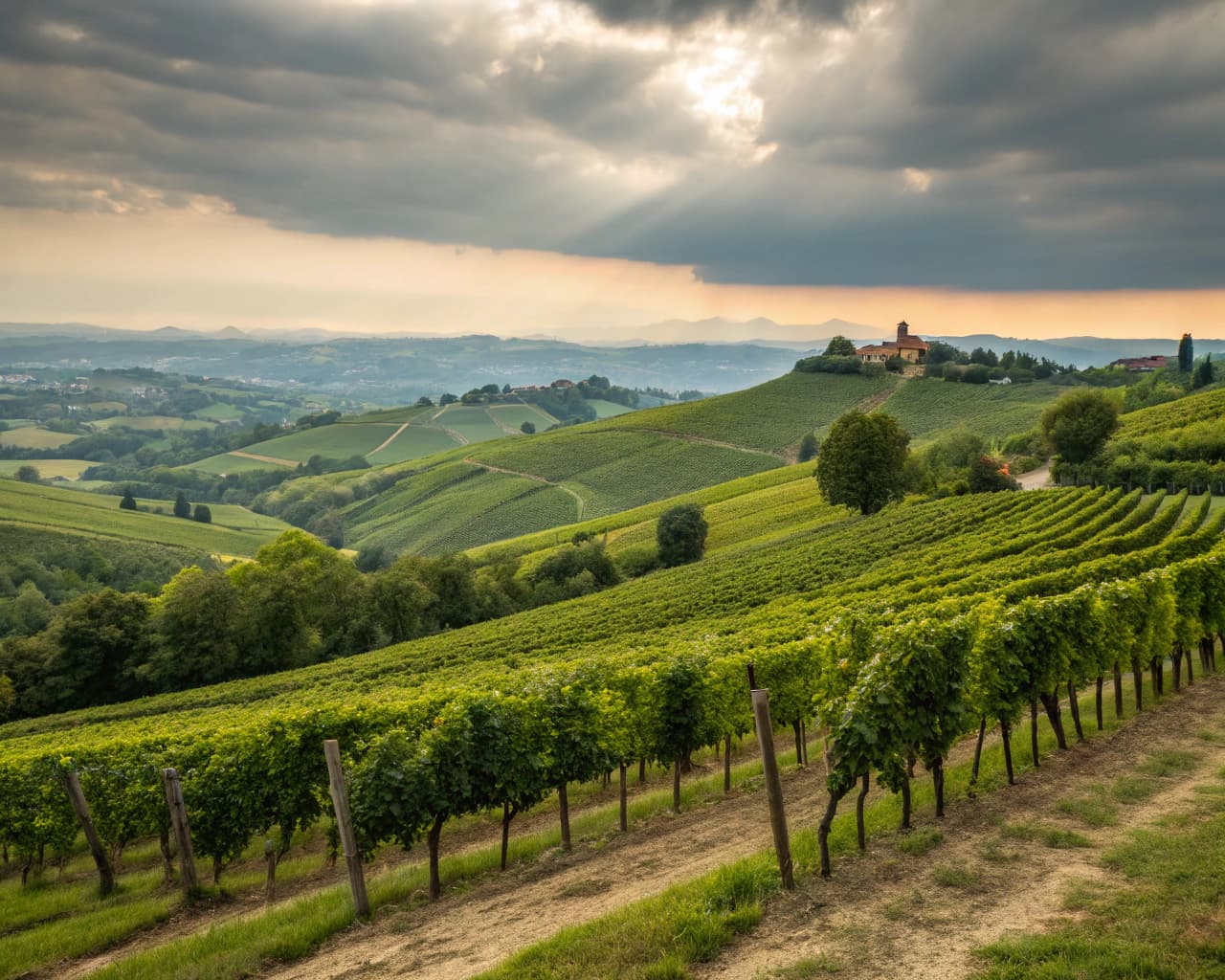
Giacomo Conterno represents a pinnacle in the world of fine Italian wines, known for its deep-rooted tradition and exceptional quality. This winery, established in the heart of Piedmont, has been crafting some of the most prestigious and sought-after Barolos for generations. The distinct taste of Giacomo Conterno wines is often characterized by rich, complex flavors that reflect the meticulous care and traditional winemaking methods employed. From the vineyard to the bottle, every step is taken with precision, ensuring that each vintage not only meets but exceeds the high standards set by its predecessors. In this article, we delve into the sensory experiences provided by these exquisite wines, exploring their flavor profiles, aging potential, and the unique terroir that influences their production.
Profile of a Typical Giacomo Conterno Barolo
Giacomo Conterno Barolo, a revered name in the world of fine wines, presents a complex and robust profile that captivates connoisseurs. This wine is known for its deep garnet color and a bouquet rich with hints of cherries, plums, and subtle earthy undertones. On the palate, it offers a harmonious blend of acidity and tannins, underscored by flavors of dark fruit and a lingering finish of spice and mineral notes.
When considering food pairings, the robust nature of Giacomo Conterno Barolo makes it an excellent match for rich, savory dishes. Here are some ideal combinations:
Braised Beef: The wine's structure complements the texture and flavors of slow-cooked meats.
Truffle Risotto: Earthy truffles echo the subtle earthy notes in the wine.
Aged Cheeses: A platter of aged Parmesan or Pecorino brings out the spice notes in the Barolo.
Wild Boar Ragù: This hearty dish pairs well with the wine’s tannic backbone.
Porcini Mushrooms: Their rich, umami flavors enhance the deep fruit notes of the wine.
Each pairing is designed to enhance both the food and the wine, creating a memorable dining experience.
Identifying the Layers of Flavor
Exploring the layers of flavor in Giacomo Conterno wines reveals a complex profile that is both intriguing and delightful. Each sip offers a journey through meticulously cultivated vineyards and the expert craftsmanship that defines this esteemed label. Here are some key elements you might discern:
Fruit Notes: Predominantly, you'll notice robust red and black fruits like cherries, plums, and blackberries. These flavors are often accompanied by subtler hints of dried fruits, adding a rich depth to the palate.
Earth and Mineral Qualities: A signature characteristic of these wines is their pronounced earthy tones. Expect to taste elements of wet soil, graphite, and a minerality that speaks to the terroir of the Piedmont region.
Herbal and Floral Accents: Layers of lavender, rose, and fresh herbs such as thyme and mint complement the fruit and earth notes, creating a harmonious balance.
Spice and Oak: Aging in oak barrels imparts nuances of vanilla, clove, and nutmeg. These spicy undertones enhance the complexity of the wine, making each tasting a unique experience.
Tannins and Acidity: Well-integrated tannins and a lively acidity ensure that despite its richness, the wine remains balanced and vibrant, promising excellent aging potential.
The Impact of Vintage Variation on Taste
The impact of vintage variation on the taste of Giacomo Conterno wines is significant, reflecting the unique climatic conditions of each year. These variations can dramatically alter the flavor profile, aroma, and overall complexity of the wine. For instance, warmer years often yield wines with higher alcohol content and more robust fruit flavors, whereas cooler years might produce wines with higher acidity and more subtle nuances.
Properly storing Giacomo Conterno wines is crucial to preserving their intended quality and character. By following expert guidelines on how to store these wines, collectors ensure that the impact of vintage variations is appreciated in its full complexity. Here are a few tips for optimal storage:
Maintain a consistent temperature, ideally around 12-14°C.
Ensure the storage area is dark and free from vibrations.
Keep the bottles horizontal to keep the cork moist, which prevents air from entering the bottle.
Control humidity levels to be around 70% to avoid drying out the cork or promoting mold growth.
By adhering to these storage conditions, the distinct characteristics influenced by vintage variations are preserved, allowing the wine to mature gracefully.
Tasting Notes: Fruit, Earth, and Oak
When sampling Giacomo Conterno wines, enthusiasts often detect a complex array of flavors that beautifully encapsulate the essence of traditional Italian winemaking. The tasting notes typically highlight three primary elements: fruit, earth, and oak, each contributing uniquely to the overall experience.
Fruit: The initial palate is greeted with vibrant, ripe fruit flavors. Commonly, one might taste cherries, plums, and occasionally hints of citrus, which provide a fresh, lively start.
Earth: Following the fruity introduction, earthy undertones begin to emerge. These are reminiscent of the terroir from which the grapes are harvested. Notes of truffle, soil, and a subtle minerality add depth and complexity to the wine.
Oak: As the tasting progresses, the influence of oak aging becomes apparent. This introduces layers of vanilla, toast, and a slight smokiness, all of which harmonize with the fruit and earth notes to create a rounded, robust finish.
For those looking to fully appreciate the intricate flavors of Giacomo Conterno, understanding how to serve it properly is crucial. Proper serving enhances the wine's characteristics, ensuring a memorable tasting experience.
The Evolution of Flavors in the Glass
Experiencing a glass of Giacomo Conterno reveals a fascinating journey through the evolution of flavors, each sip unfolding like a chapter in a well-aged novel. Initially, the wine greets the palate with robust notes of dark cherries and ripe plums, indicative of its rich, Piedmontese roots. As the wine breathes, secondary aromas emerge, offering hints of tobacco and leather, which speak to the meticulous aging process it undergoes.
Mid-Palate Complexity: After the initial fruit-driven flavors, earthy undertones of truffles and forest floor begin to surface, adding a complex layer that is both intriguing and satisfying.
Finish: The finish is where the true characteristics of Giacomo Conterno shine. It lingers long, with a velvety texture and echoes of spice and mineral notes, leaving a lasting impression that invites another taste.
This dynamic progression of flavors not only showcases the wine's quality but also highlights the traditional winemaking techniques that Giacomo Conterno is renowned for. Each element is carefully crafted to ensure a harmonious balance that evolves gracefully with time.
Describing the Mouthfeel and Texture
When savoring Giacomo Conterno wines, the mouthfeel and texture are as significant as the aroma and flavor. These wines are renowned for their rich, velvety texture that gracefully coats the palate. This sensation is often accompanied by a robust and complex structure, making each sip a profound experience. The tannins are typically well-integrated, smooth, and contribute to the overall balance, enhancing the enjoying process of these prestigious wines.
Silkiness: Many enthusiasts describe the texture as silky, where the wine glides effortlessly across the tongue.
Density: There is a noticeable density, a chewiness that speaks to the high-quality grapes and attentive winemaking.
Warmth: The alcohol content, while balanced, imparts a gentle warmth, adding to the luxurious feel in the mouth.
Resonance: Each taste resonates, leaving a lasting impression that invites further exploration.
These elements combine to deliver a tactile experience that is just as memorable as the wine's taste and aroma.
The Finish: What Lingers After a Sip?
When savoring Giacomo Conterno wines, the finish is as significant as the initial taste. This phase of wine tasting reveals the true quality and complexity of the wine. After a sip, several elements linger on the palate, each contributing to a memorable experience.
Persistence: The length of time the flavors remain in the mouth is a key indicator of quality. Superior wines, such as popular vintages, often have a long, satisfying finish that persists for several minutes.
Flavor Profile: Typically, notes of dark cherry, tobacco, and earth evolve, leaving a rich tapestry of tastes that slowly fade, encouraging another sip.
Balance: A well-crafted wine will have a finish that is harmonious, with none of the flavors overpowering the others. Acidity, tannins, and sweetness should achieve a delicate equilibrium, enhancing the overall drinking experience.
Evolution: As the wine lingers, it may reveal secondary or tertiary flavors, such as hints of spice or floral undertones, which add depth and intrigue to each glass.
Understanding these aspects can greatly enhance one's appreciation of Giacomo Conterno's wines, making each tasting a journey of discovery.
How Age Influences Taste
Aging significantly alters the flavor profile of Giacomo Conterno wines, a phenomenon deeply rooted in the history of winemaking. As these wines mature, they develop a complexity and depth that younger vintages simply cannot match. Initially, the vibrant fruit flavors dominate, presenting a lively and fresh palate. Over time, these primary notes gracefully evolve into more nuanced secondary characteristics like leather and tobacco.
Young Barolos: Fresh with pronounced tannins and high acidity, showcasing bright cherry and raspberry notes.
Aged 10-20 Years: The tannins soften, and the wine begins to exhibit earthy undertones and hints of dried fruits.
Beyond 20 Years: Offers a harmonious blend of savory flavors, including truffles and forest floor, complemented by a silky texture.
Each stage of aging brings its own unique set of flavors, making Giacomo Conterno wines a fascinating study in the evolution of taste. Wine enthusiasts often note that older vintages carry a sense of place and time, reflecting the conditions of their specific harvest years. This transformation is not just chemical but almost magical, highlighting the artistry behind traditional winemaking.
Comparing Different Giacomo Conterno Labels
When exploring the diverse range of Giacomo Conterno wines, discerning the unique characteristics of each label is essential. Giacomo Conterno, a revered name in the world of Italian wines, particularly Barolo, offers a variety of labels that cater to different palates and preferences.
Monfortino Riserva: Known for its robust structure and complexity, this wine typically requires several years of aging to fully develop its flavors. It's celebrated for its deep cherry and tar notes, with a lingering finish that evolves over time.
Cascina Francia: Slightly more accessible in its youth than the Monfortino, Cascina Francia still benefits greatly from aging. This wine is appreciated for its balanced acidity and firm tannins, paired with flavors of raspberry and rose petals.
Cerretta: A newer addition to the Conterno range, Cerretta showcases a different side of the Nebbiolo grape. This label is noted for its vibrant fruitiness and softer tannins, making it a more approachable option for those new to Barolo.
Each label distinctly reflects the terroir and winemaking philosophy of Giacomo Conterno. For more detailed facts, exploring the history and production methods can provide deeper insight into what makes each wine special.
The Role of Terroir in Flavor Profile
The influence of terroir on the flavor profile of Giacomo Conterno wines is profound and multifaceted. Terroir, a French term, encompasses the environmental conditions, especially soil and climate, where the grapes are cultivated. These factors uniquely shape the characteristics of the wine.
Soil Composition: Giacomo Conterno's vineyards are primarily located in the Barolo region, known for its calcareous marl soil. This type of soil contributes to the wines' noted mineral qualities and their ability to age gracefully.
Climate: The microclimate in this part of Piedmont includes variations in temperature which are crucial for Nebbiolo, the primary grape variety used. Cooler temperatures during critical growth periods help preserve essential acidity and develop complex flavors.
Altitude and Aspect: Vineyard elevation and the direction they face affect sunlight exposure and temperature, influencing the ripening process and flavor concentration in the grapes.
Traditional Practices: Adherence to traditional winemaking methods, such as extended maceration and aging in large Slavonian oak barrels, also plays a role in expressing the terroir. These techniques allow the nuanced characteristics imparted by the terroir to shine through in the final product.
Each of these elements contributes to the distinctive, robust, and aromatic profile that Giacomo Conterno wines are celebrated for, making terroir not just a background factor but a central component of their identity.
Conclusion
In conclusion, the wines of Giacomo Conterno stand as a testament to the rich heritage and meticulous winemaking practices that define one of Italy's most revered producers. Each bottle offers a unique exploration into the depth and complexity that Barolo and Barbera can achieve, reflecting both the terroir of the Piedmont region and the Conterno family's dedication to quality. Whether you're a seasoned collector or a newcomer to the world of fine wines, experiencing Giacomo Conterno's offerings is a journey through the history and heart of Italian winemaking.
For enthusiasts looking to invest in Giacomo Conterno wines, or any other premium labels, Rekolt provides an exceptional platform. Not only do we offer a diverse selection of fine wines, but our specialized services like professional cellar storage and the option to trade or resell wines ensure that your investment is preserved and can even appreciate in value over time. This approach allows wine lovers to manage their collections effortlessly, with the assurance that each bottle remains in pristine condition until the moment it's ready to be enjoyed or sold. At Rekolt, we are committed to enhancing your wine experience and ensuring that each purchase opens the door to a world of exquisite taste and potential financial return.
Share this article
